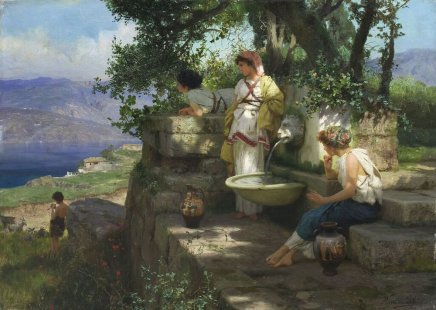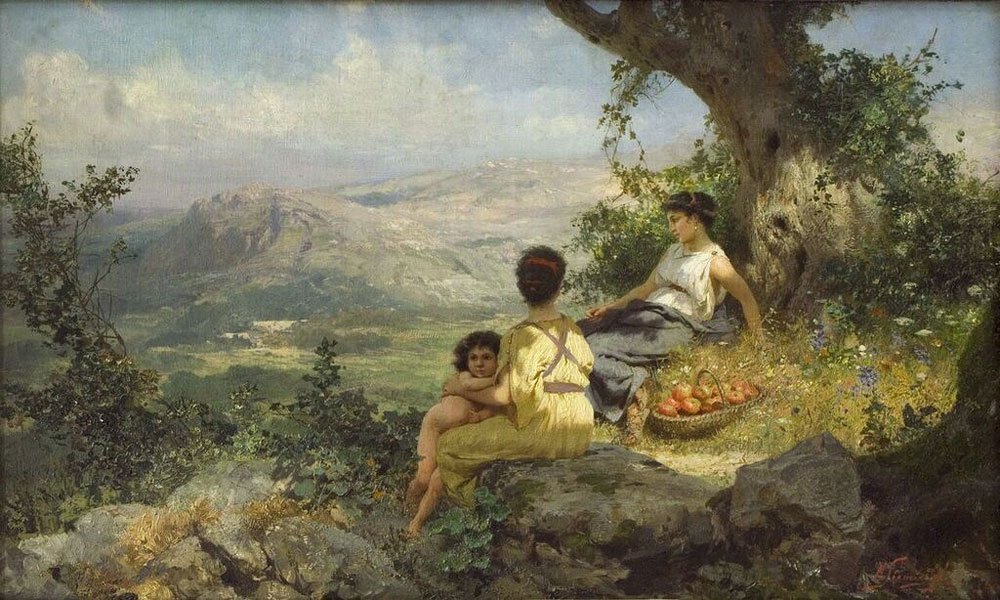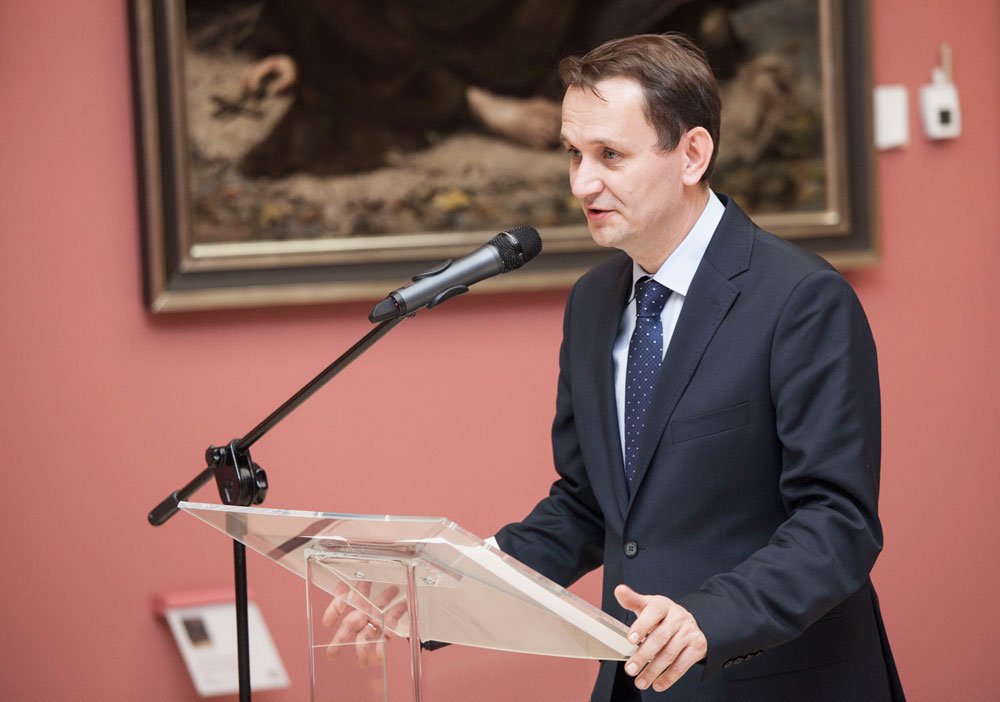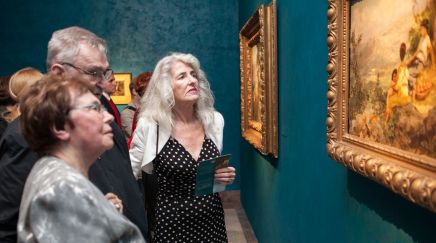MNK The Sukiennice
Rynek Główny 3- mon: closed
- Tuesday - sunday: 9:00-18:00
Information and reservations on weekdays 9 a.m.- 4 p.m.
Director of the National Museum in Krakow
Deputy Director for Scientific Activities
Deputy Director for for Exhibition Activities
Deputy Director for Strategy and Communications
Deputy director for the Management
Chief Accountant
Chief Cataloguer of the National Museum in Krakow

An exhibition of paintings by Henryk Siemiradzki from the collection of the Lviv National Art Gallery named after B. G. Voznytskyi
The Gallery of 19th-century Polish Art in the Sukiennice is hosting, in the Malarnia Room, an exhibition of twelve paintings by Henryk Siemiradzki from the collection of the Lviv National Art Gallery named after B.G. Voznytskyi, that is almost the whole Lviv collection of works by this Polish painter.
The exhibition, organised thanks to the kindliness of the museum team from Lviv, presents an intimate, lyrical current in Siemiradzki’s painting, as important for a picture of his oeuvre as his famous monumental canvases. What prevails in this current are pastoral compositions – idylls.
Already as a student of the Saint Petersburg Academy of Arts (1864–1870), during his holidays in Kharkiv, the artist created charming, plein-air compositions, idyllic in mood, conveying the local colours, such as the nocturne, fairytale-like Eve of Ivan Kupala (1867) and Country Idyll (1864–1870) – a genre scene from the Ukrainian countryside, painted freely, in bright sunlight.
In terms of idea, they seem to herald ancient idylls, so typical of the painting of Siemiradzki, who settled in Rome in 1872. These scenes from the "daily life" of ancient Greeks and Romans are usually set in the landscape of Campania, associated by the artist with Arcadia. They depict light, sometimes poetical episodes – as in the painting Following the Example of Gods (1899) or the scene By a Spring (1898), with the echoes of Symbolism. In the background of the anecdote shown here the painter depicted, as in most of his ancient idylls, a landscape, filled with the light of the sun, rendered with great sensitivity to colour. A southern, bright landscape is a central theme in the composition entitled Rest (1896).
The artist set a scene from the Gospel According to John – a meeting between Christ and a woman from Samaria – also in a totally idyllic scenery (Christ and the Samaritan Woman, 1890).
The above group of works also includes portrait studies of ancient women, sketches painted with virtuosity and an excellent study for the curtain of the City Theatre in Krakow Amor and Psyche (ca 1894).
Curator – Beata Studziżba-Kubalska
Coordinator – Katarzyna Pawłowska
Graphic designs and exhibition layout – Magdalena Bujak











